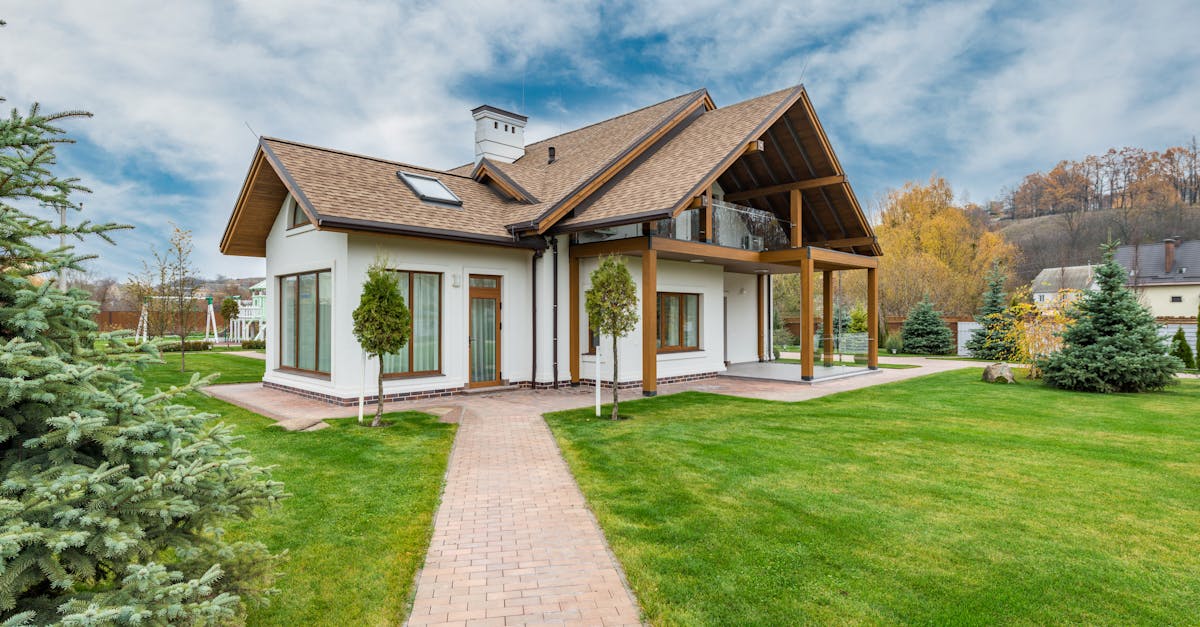
Enhancing the Appearance of Colorbond Tile Roofing
Professional Roof Painting Services
FAQS
Colorbond Roofing: Longevity and Performance in Harsh Weather Conditions a well-maintained roof that withstands the test of time.
Benefits of Colorbond Roofing for Long-Term Durability Protecting Colorbond Tile Roofs from Weather DamageColorbond Roof Replacement Melbourne
Enhancing the Longevity of Colorbond Roofing through Proper Installation Colorbond tile roofs are highly durable and resistant to various weather conditions, but it is essential to take proactive measures to protect them from potential damage. One key aspect of safeguarding Colorbond tile roofs from weather-related issues is to inspect for any loose tiles and flashings regularly. Strong winds and heavy rainfall can cause these components to become dislodged, leading to water leaks and structural damage. By securing any loose tiles and flashings promptly, homeowners can prevent water ingress and maintain the integrity of their roof.
Factors Affecting the Durability of Colorbond Roofing In addition to securing loose tiles and flashings, it is crucial to address any signs of rust or corrosion on the Colorbond material. Exposure to harsh weather elements can cause metal roofing to deteriorate over time, compromising its effectiveness in protecting the home. Applying a suitable protective coating or sealant can help prevent rust formation and extend the lifespan of the Colorbond tile roof. Regular maintenance and timely repairs are key to ensuring that the roof remains in optimal condition and can withstand the rigors of the Australian climate.
Colorbond Roofing: Resilience and Longevity in Australian Climates Securing Loose Tiles and Flashings
Loose tiles and flashings on a Colorbond tile roof can lead to various issues if not addressed promptly. Inspecting the roof regularly for any signs of loose tiles or flashings is crucial in preventing potential water leaks and damage. Upon identifying any loose components, it is recommended to securely fasten them back in place to maintain the integrity of the roof structure.